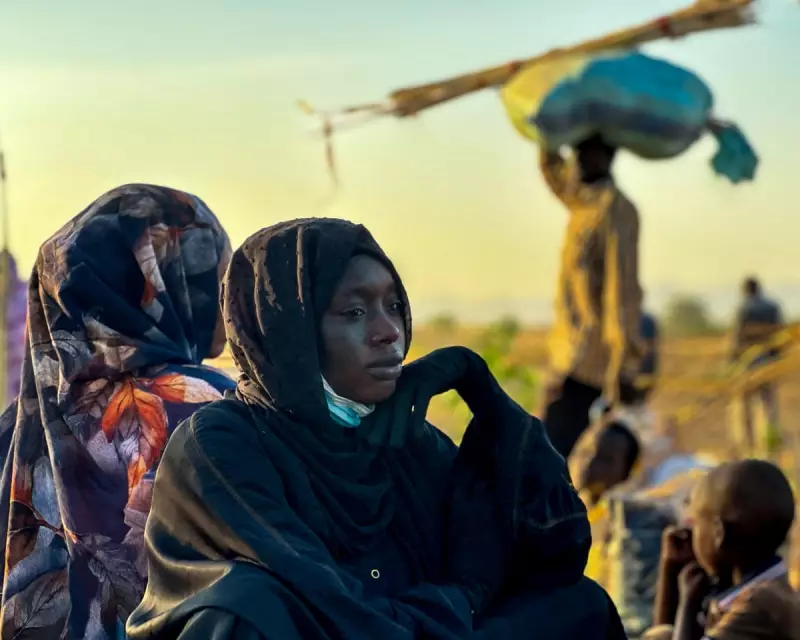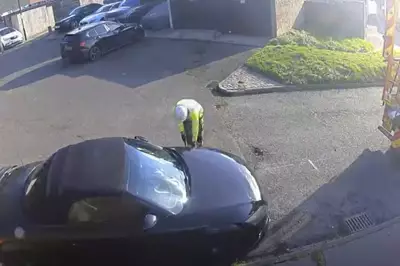
In the vast, sun-scorched landscapes of Sudan's West Darfur region, another chapter of horror has been written—this time captured not by eyewitnesses on the ground, but by unblinking eyes in the sky. Recent satellite imagery has revealed the chilling aftermath of what appears to be another systematic massacre, raising urgent questions about how much longer the international community can afford to look away.
The Evidence from Orbit
The satellite evidence tells a story that words alone cannot convey. Analysis of high-resolution imagery shows the complete destruction of multiple settlements, with distinctive patterns of fire damage consistent with targeted arson attacks. The timing of these images, captured before and after reported attacks, provides compelling evidence of coordinated violence.
The most disturbing revelation comes from the identification of what experts believe to be mass graves—fresh earth disturbances appearing in proximity to destroyed villages. These sites show the hallmarks of hurried burials, suggesting attempts to conceal the scale of the killing.
A Pattern of Atrocities
This latest incident follows a well-established pattern of violence that has plagued Sudan for years. The Rapid Support Forces (RSF) and allied militias stand accused of repeatedly targeting specific ethnic communities in what many experts are now calling a campaign of ethnic cleansing.
The international response has been characterised by what critics describe as "condemnation without consequence." Despite numerous UN resolutions and expressions of concern, meaningful action to protect civilians has remained elusive.
The Human Cost Behind the Pixels
While satellite imagery provides the evidence, it cannot capture the human suffering behind each burned structure and disturbed patch of earth. Humanitarian organisations estimate that thousands of civilians remain trapped in conflict zones, facing imminent danger with limited access to food, water, or medical care.
"What we're seeing from space is the physical manifestation of human tragedy," explains Dr. Elena Petrov, a satellite imagery analyst who has been monitoring the situation. "Each destroyed home represents a family displaced, each mass grave represents countless lives brutally ended. The world has the evidence—now it needs the will to act."
International Inaction Under Scrutiny
The mounting satellite evidence poses an uncomfortable question: how much proof does the international community need before taking decisive action? With each passing month of violence, the credibility of global institutions tasked with preventing atrocities diminishes.
Several factors contribute to the international paralysis:
- Complex geopolitical interests and competing alliances
- Limited international appetite for military intervention
- Economic sanctions that have proven insufficient to change behaviour
- Distraction by other global crises and conflicts
A Moral Reckoning
As the satellite evidence continues to accumulate, the world faces not just a political challenge but a moral one. The technology that allows us to witness these atrocities from thousands of miles away also removes any plausible deniability about what is occurring.
The burning question remains: how many more satellite images of destroyed villages and mass graves will it take before the world decides it has looked away for long enough? For the people of Sudan, waiting for an answer has become a matter of life and death.





